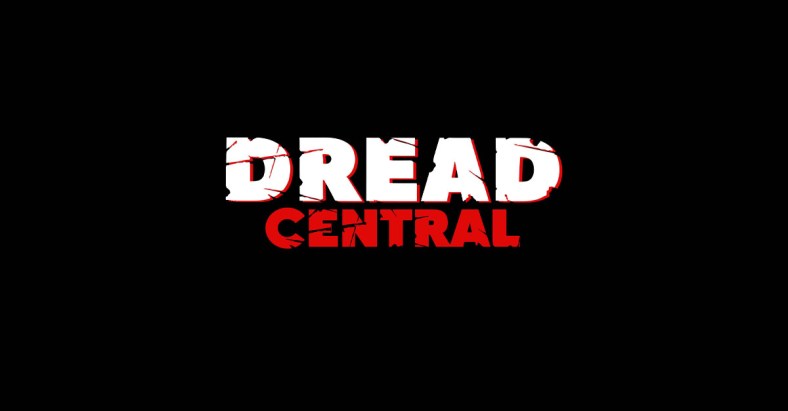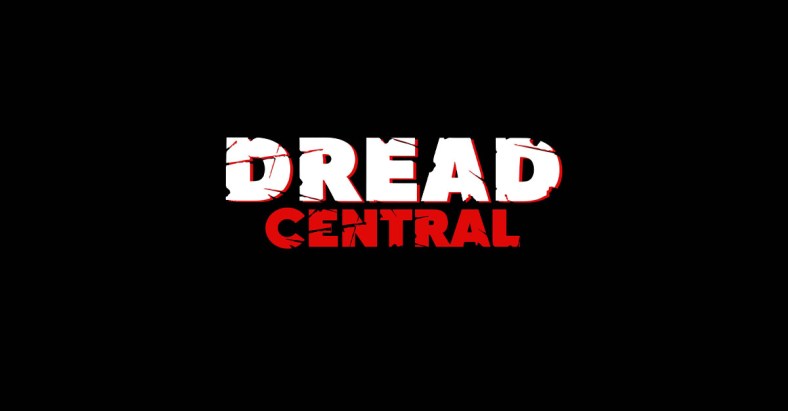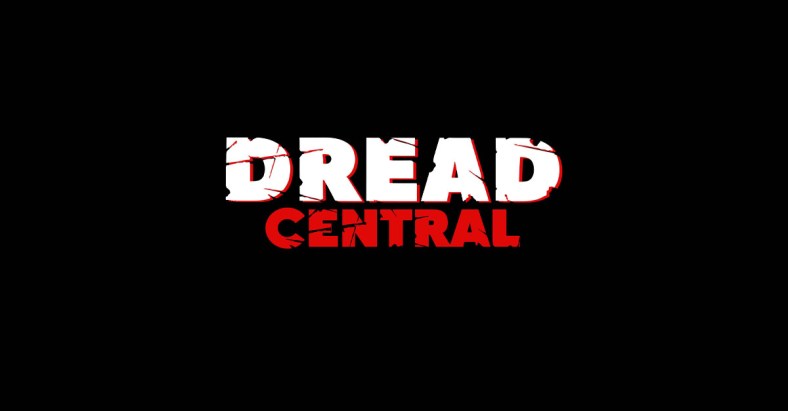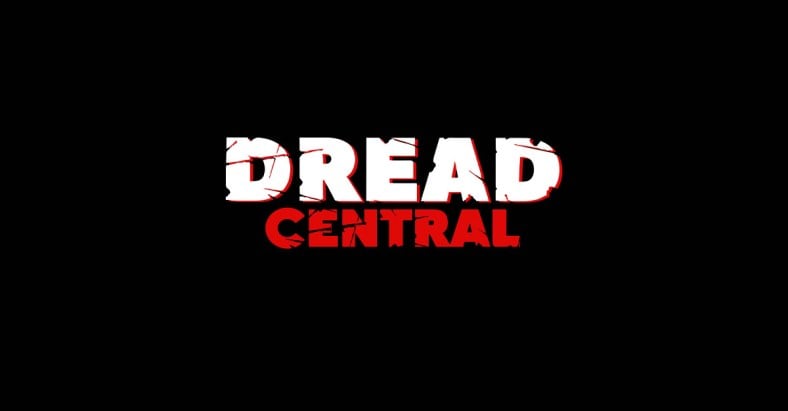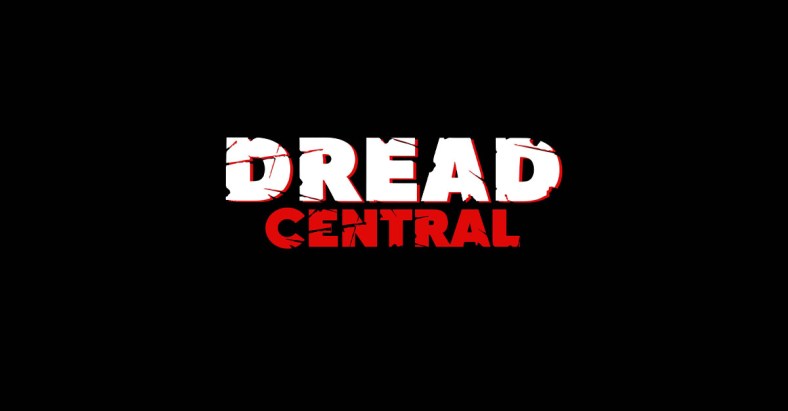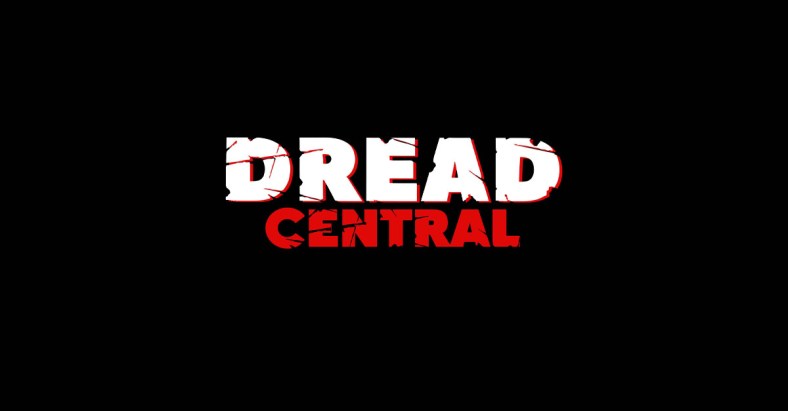How Prestige Award Shows’ Dismissal of the Horror Genre Fails Women

Since its inception as an official film genre in the early 20th century, horror has long offered a unique space for women to bend their craft into unexpected, thrilling shapes on celluloid.
Indeed, across the decades women have flourished in the horror genre, taking on central roles in countless films and leaving in their on-screen wake a trail of complex, terrifying, heartbreaking, and badass characters. Recognizable characters like Laurie Strode, Ellen Ripley, Annie Wilkes, Sarah Connor, Carrie White, Sidney Prescott, Clarice Starling, Nancy Thompson, Sadako Yamamura, Queen Akasha, Marion Crane, Jane and Blanche Hudson, and Regan MacNeil represent merely the tip of the iceberg when it comes to horror cinema’s distinct and varied female character offerings. And yet, so few of the leading ladies behind these unforgettable and often undeniably well-acted parts have received mainstream award recognition for their roles. Why is that?
Horror is a resilient, compelling genre. Its innovations and impact — aesthetic, thematic, financial, and otherwise — can be traced not only across broader cinema, but across popular culture as a whole. Yet as adaptive, culturally resonant, and ever-relevant horror cinema has become, horror has also been compartmentalized, and remains seen as a schlocky, campy, or low-art “popcorn” genre to many still. As a result, historically few horror movies have received mainstream accolades (compared to films in other genres) within the prestige award show circuit; horror has fallen by the wayside while psychological dramas, sweeping romantic epics, and gritty war films scoop up Oscars and Golden Globes by the bucketful.
Despite horror’s omnipresence at the movies (and its considerable box office draw), in the Academy Awards’ 92 years of operation, for example, only a mere handful of horror films have ever been nominated for multiple marquee awards: The Exorcist in 1974, Jaws in 1975, The Silence of the Lambs in 1992, The Sixth Sense in 2000, Black Swan in 2011, and Get Out in 2018. Still, only one (The Silence of the Lambs) has ever taken home the top prize: Best Picture. (Okay, maybe sorta-kinda two — but only if you claim Bong Joon-Ho’s 2019 genre-defying class warfare thriller Parasite as a horror movie. But that’s a debate for another time.)
Even fewer women have won the Oscar for Best Actress in a Leading Role for their work in horror films: Kathy Bates (Misery), Jodie Foster (The Silence of the Lambs), and Natalie Portman (Black Swan). It’s a disheartening observation, considering how many incredible, career-defining performances have been delivered on-screen by women in horror. What’s more frustrating, however, is when you consider that horror is the top movie genre for women’s on-screen representation.
Research compiled by Google in collaboration with the Geena Davis Institute on Gender in Media in 2017 revealed that horror is the one film genre in which women are seen on screen more than men. Horror also possesses the highest ratio of female-to-male speaking presence, with nearly half (47%) of speaking time allocated to female characters. (For comparison, women in the action genre only take up 29% of screen time and 29% of speaking time compared to male characters’ whopping 71% in each respective category.)
Though horror is not without its problems when it comes to gender — sexual objectification, portrayals of passive victims, problematic gendered archetypes, and exploitative, pornographic violent imagery have certainly painted some corners of the genre with misogyny — the fact remains that horror offers the most in terms of visibility for women. Terms like “scream queen” and “final girl” permeate the genre, holding space exclusively for women on screen. (The former refers to an actress who has become known, in her career, for her many and/or iconic horror roles, while the latter refers to the trope of a female character who, through her own strength and wiles, triumphs over her antagonist, leaving her the last one standing.)
The genre also offers women a vast breadth of on-screen representation, something that has increased in positive ways over the last few decades as female horror characters have become more complexly written and roles have broken free from sexist stereotypes. In a horror movie, a woman can be the imperfect hero of her own story, or, whether a tragic figure or pure evil, she can be the monster — a role which has also increased in recent years. No longer simply portrayed as helpless victims, women in horror have become some of cinema’s most triumphant, interesting survivors, villains, and warriors.
The genre offers actresses the ideal environment to flex their creative potential and showcase their range. Whether it’s an unflattering close up of Heather Donohue, snot bubbles and all, desperately monologuing into her camera in The Blair Witch Project (1999); Toni Collette as an unhinged mother, pushed to the brink, unleashing on her teenage son in Hereditary (2018); or French actress Garance Marillier hunched in front of her fridge, gnawing on a raw chicken breast like a feral cat in Raw (2016), horror allows women to stretch their humanity (or inhumanity) to breathtaking extremes, both physically and mentally.
The nature of horror, too, lends ample opportunity for actresses to let loose in ways other film genres typically don’t allow. Often unshackled from propriety or performative femininity, female characters in horror can be primal, loud, sneaky, desperate, cruel, hungry, furious, autonomous, determined, vicious, disturbed, and damaged. They can seethe in quiet, restrained rage like Jessica Chastain in Crimson Peak, or contort their face into an exaggerated, panicked visage like Mia Farrow in Rosemary’s Baby. They can be hideous — blistered, deformed, and vomiting in the chaotic midst of a demonic possession like Linda Blair in The Exorcist — or dirty, caked head-to-toe in mud and blood after clawing their way through a claustrophobic monster-infested cavern like Shauna Macdonald in The Descent.
Similarly, so many horror movies tell women’s stories, making the genre integral for showcasing female-focused narratives and character arcs: Babak Anvari’s emotion-driven 2016 Persian political horror film, Under the Shadow, brought to screen a story we don’t often get to see: that of a young Middle Eastern mother (played with incredible empathy by Narges Rashidi), in 1980s war-torn Tehran, as she fights desperately against both the system and supernatural evil that threaten her and her daughter. Jennifer Kent’s rich 2014 Australian arthouse ghost story, The Babadook, similarly shares a mother’s tale — this time from the perspective of a grief-stricken widow (played with courageous humanity by Essie Davis) battling both debilitating depression and mounting resentment towards her young son. Both films were critically acclaimed and contained artful performances from their female leads, but neither received so much as a Best International Feature Film nod from The Academy.
The snubbing of horror by award shows has become even more obvious — and frustrating — in recent years, especially with the rise of social, indie, and arthouse horror subgenres contributing to some of cinema’s sharpest, most critically acclaimed, and well-crafted titles.
Robert Eggers’ immersive 2015 feminist period horror, The Witch, features not only masterful set pieces, cinematography, costumes, music, and script work, but feral performances from its two distinct female leads, Anya Taylor-Joy and Kate Dickie. Jordan Peele’s stunning 2019 class-warfare horror, Us, sees Lupita Nyong’o deliver not one, but two primal, transformative performances. And Ari Aster’s vivid 2019 folk horror film, Midsommar, features a raw, unrestrained performance from Florence Pugh.
But neither The Witch nor Us nor Midsommar received a single nomination at either the Academy Awards or Golden Globes, resulting in backlash from horror fans exasperated by the genre’s ongoing dismissal by award shows, despite horror’s cultural and artistic value. (And let’s face it: Collette not receiving a nom for her stellar performance in Hereditary remains a serious crime to this day.)
When the respected mainstream award show circuit fails to look at horror as a film genre worthy of critical artistic examination, and subsequently nomination, it robs so many incredible women in film the opportunity to be recognized for phenomenal work. It also reinforces the barrier surrounding film industry gatekeepers’ views of women’s stories, resulting in fewer women-focused films being spotlighted and validated in important categories like Best Picture — a category already deeply lacking in female representation. And so, when horror is shut out of prestige award shows, so are women.
Categorized:Editorials News



